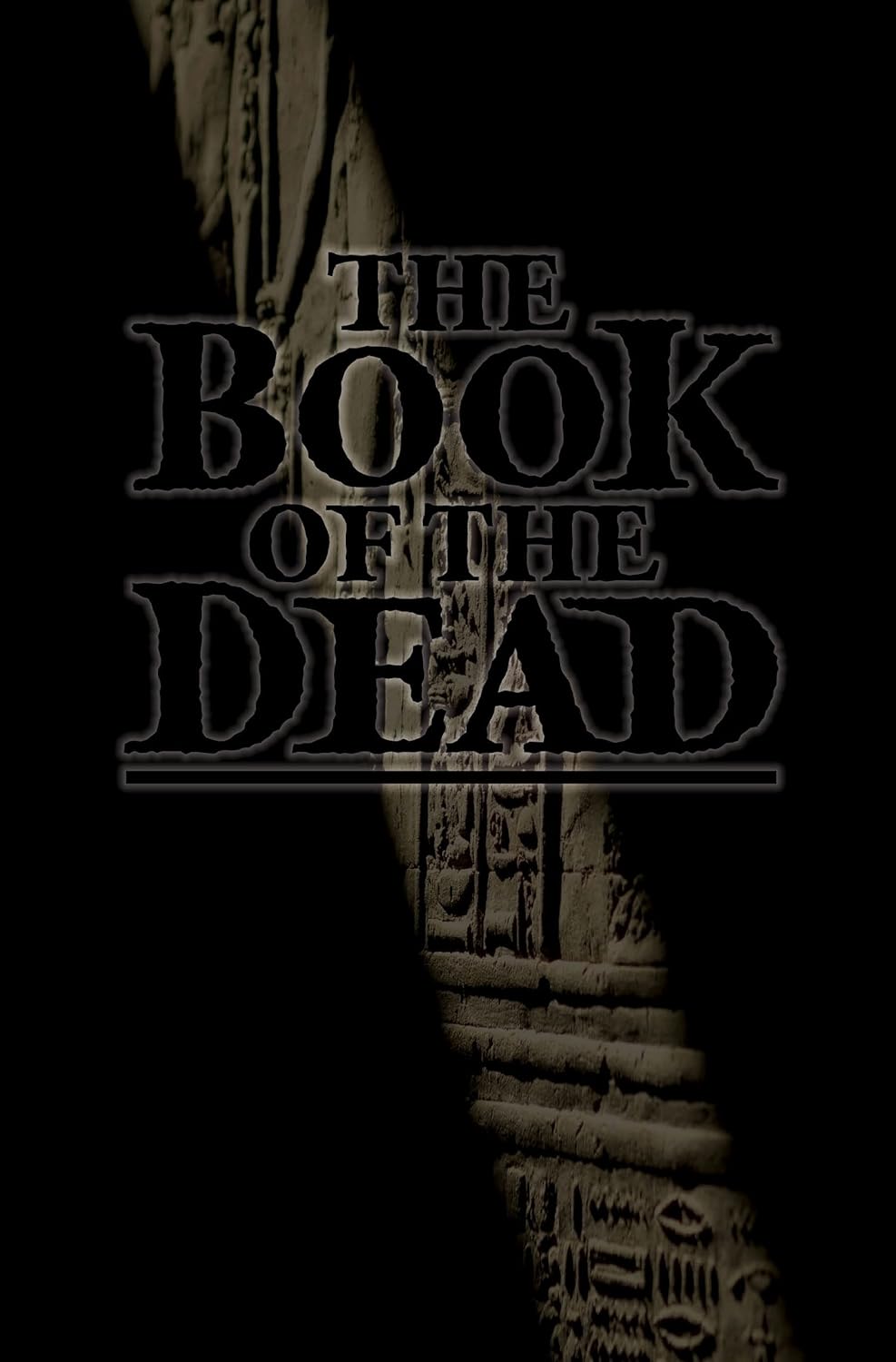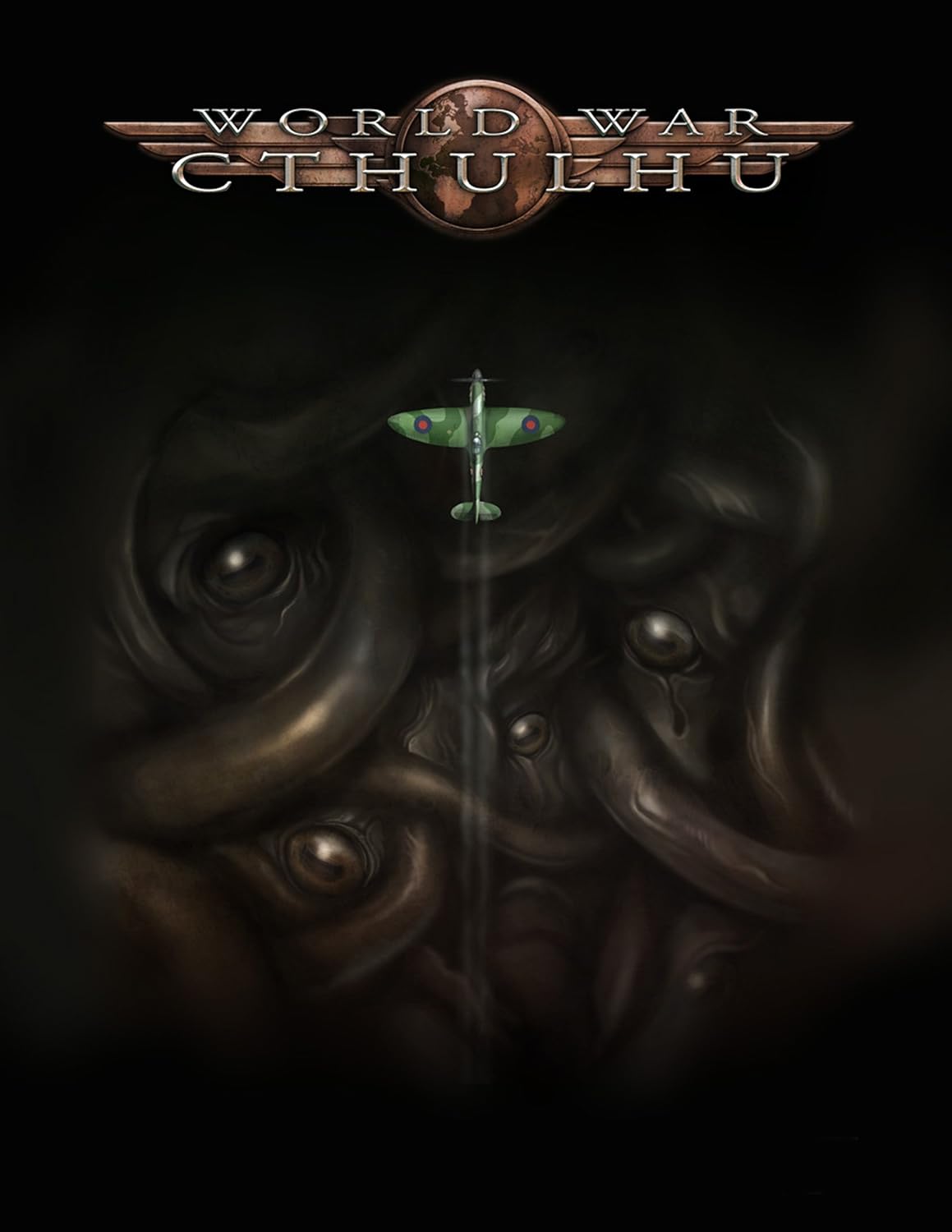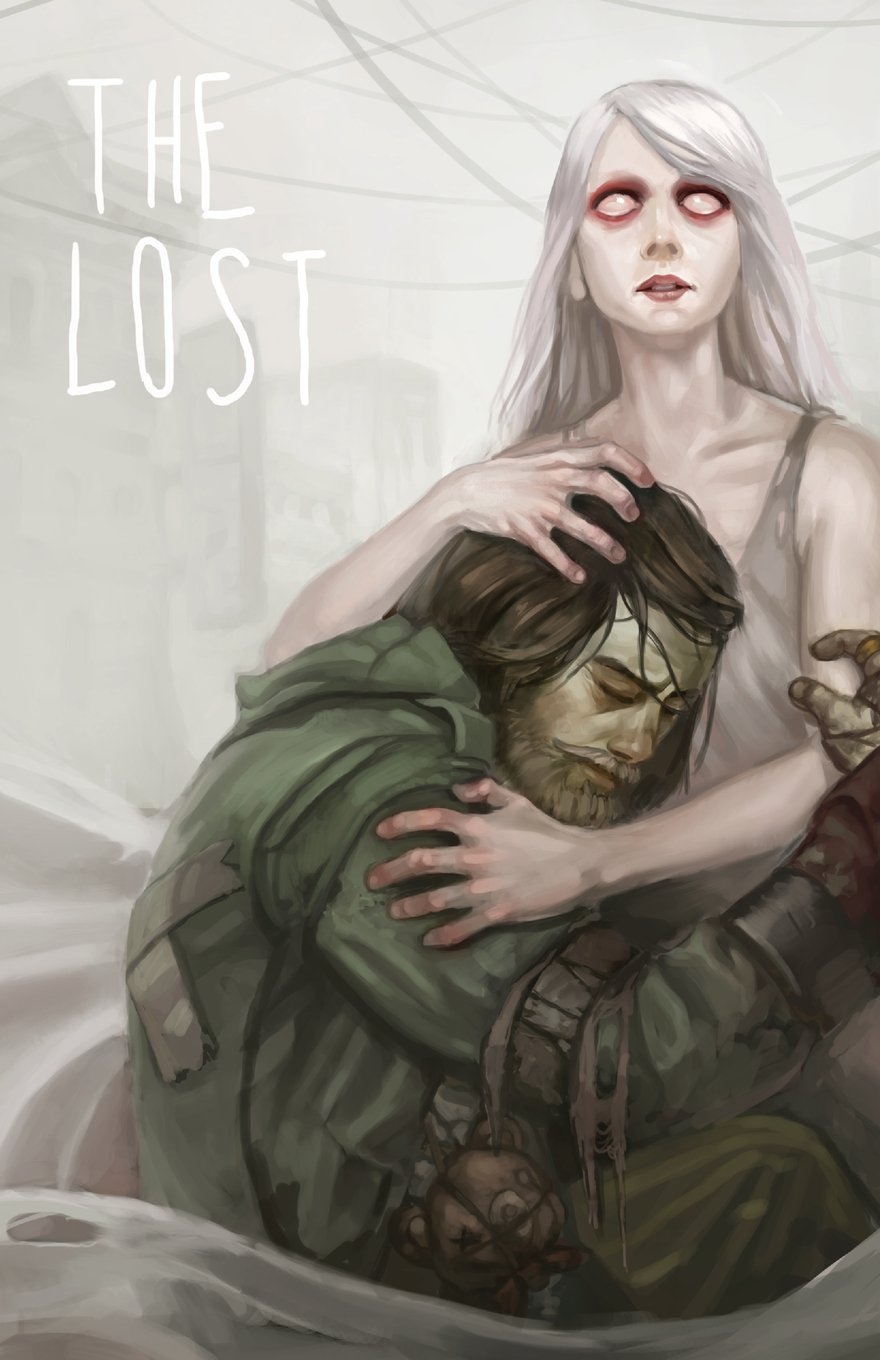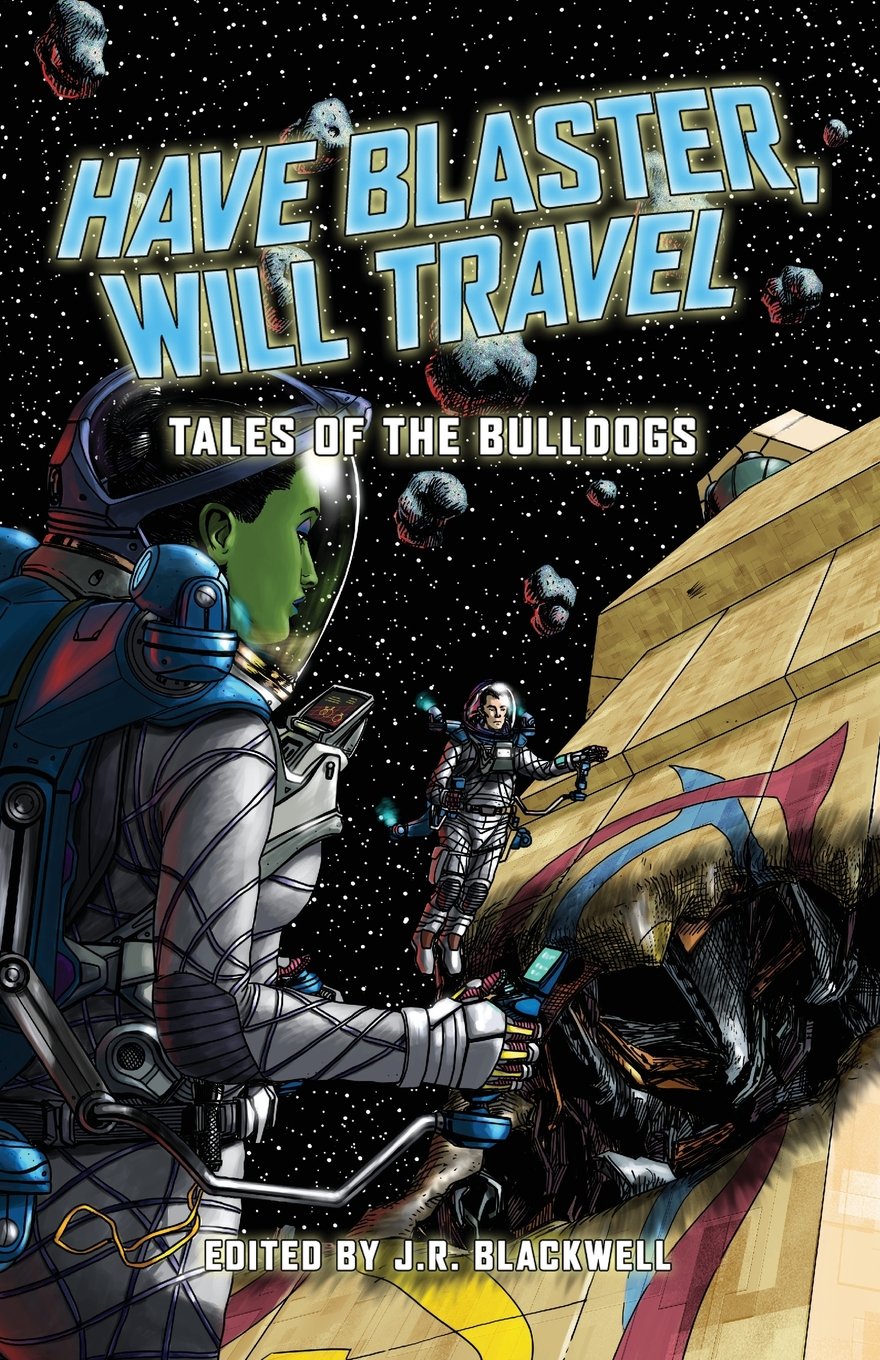A Few Thoughts on Deluxe Tunnels and Trolls
 Tunnels and Trolls was my first roleplaying game. Back in the summer of 1980 the twelve-year old me bought a copy of the slim pink paperback “Buffalo Castle” solo adventure from Games of Liverpool. Right at the beginning of the summer holidays. I had no idea that I needed a rulebook to go with it, so I spent happy weeks poring over the book, making up my own rules, and trying to write my own solos on my dad’s “Brother” typewriter. A couple of months later I managed to save up enough for the £3.50 postal order for the Tunnels and Trolls 5th edition rules (the orange cover paperback), and the rest, as they say, is history.
Tunnels and Trolls was my first roleplaying game. Back in the summer of 1980 the twelve-year old me bought a copy of the slim pink paperback “Buffalo Castle” solo adventure from Games of Liverpool. Right at the beginning of the summer holidays. I had no idea that I needed a rulebook to go with it, so I spent happy weeks poring over the book, making up my own rules, and trying to write my own solos on my dad’s “Brother” typewriter. A couple of months later I managed to save up enough for the £3.50 postal order for the Tunnels and Trolls 5th edition rules (the orange cover paperback), and the rest, as they say, is history.
So I’m jazzed to be reading Deluxe Tunnels and Trolls this week. This is the Kickstarter-funded 8th edition of the game, and a wonderful 386-page tome of T&T goodness. It’s recognisably the same game, with that very specific T&T fantasy vibe (very swords and sorcery, much more Fafhrd and Conan than D&D’s slightly more po-faced Tolkienery), yet with a rules set that was quite revolutionary even back in the 1970s, when, to be honest, we didn’t really realise quite how revolutionary it was.
Now, several *ahem* years on, I find I’m reading DT&T with my 2015-gamer head on, and musing about how its rules intersect with some of the narrative / story game innovations in the RPG space of the past 10-15 years. It stacks up very well. Explicitly the rules remain old school–the awesome Liz Danforth has kept the text and its vibe very true to its roots, which is exactly as it should be–but implicitly the rules ooze with the potential to do loads of cool stuff with them.
For example, the old “Saving Throws” of 5th edition have now officially assumed the role of the simple task resolution mechanic in DT&T. They always kind of were, but now it’s explicit; you pick locks by making, say, a Level 2 Saving Roll (L2SR) on Dexterity; you chase someone by making a Level 2 Saving Roll on Speed. I haven’t come across an opposed roll mechanic yet, but it’s trivial to see how you could pit Speed saving rolls to resolve races and chases which are opposed. The mechanic is tried and tested, and works very well, despite the heirloom “Saving Roll” terminology making the use slightly opaque–Saving Rolls aren’t only used passively, but actively, too.
The second core mechanic in T&T is the combat system. It’s superficially different from the Saving Roll mechanic, but linked at a deep level. I haven’t yet come across anything suggesting an extension of the T&T combat mechanic into other spheres of activity, but again that was always implicit in the rules, even in 5th edition. In T&T combat, every combatant rolls their own bunch of dice, and then adds the totals together into a group total for their “side”, then compares that total against the group total of an opposing side (usually a bunch of foes in combat). The winner then does “damage” equal to the difference between the two, shared out among the losers.
Note that this mechanic is from the mid-1970s — but it has a lot of echoes with the Hero Wars / HeroQuest extended contest mechanic – and it can serve the same purpose. There’s no reason why you couldn’t use the same mechanic for any kind of extended opposition in DT&T. For example, say you want to intimidate a bunch of goblins? Simply roll a bunch of dice (maybe 2d6 + Charisma?), then compare the total to the opposition (maybe rolling 2d6 + Intelligence?). Then divvy up the result as “damage”.
If I were implementing this kind of rule, I’d probably houserule the Wizardry attribute into Will or Willpower (otherwise WIZ just becomes a vestigial dump stat for non-Magic Users). Then you can do your shared out mental stress damage in intimidation attacks to the Will attribute, in the same way physical combat damages Constitution. Likewise for magical combat or even madness attacks.
I’m still reading through the DT&T rules. It’s a grand tome, even in PDF, smoothly and cleanly written with Liz Danforth’s expert editorial touch (and of course her *gorgeous* illustrations, together with some classics from Rob Carver and Steve Crompton). There’s also loads of background on the T&T author Ken St Andre’s home campaign world (“Trollworld”), including oodles of maps and gazeteer stuff (maps!). As I’m reading through, I find I’m now looking for any kind of link between the Saving Roll (simple task resolution) mechanic and the Combat (extended contest) mechanic. For example, if you make a L1SR on Strength to pull over a bunch of barrels obstructing the goblins trying to attack you, how is that interrelationship expressed in rules terms? It may be such a link isn’t explicit in the rules–but, like so many things, it’s probably implicit.
Lots more to come, and plenty of food for thought in the new T&T rules. Give ’em a look – you can get the PDF now on DriveThru, hard copy to follow shortly. 🙂
Cheers,
Sarah
Trackbacks
- Blog Watch: Bankrupt Nihilism, Psychological Whores, Po-Faced Tolkienery, and the Sad Truth | Jeffro's Space Gaming Blog
- “Po-Faced”: What’s it Mean? | Jeffro's Space Gaming Blog
- Appendix N: I’m Telling You, Something Happened! | Jeffro's Space Gaming Blog
- Regular Hardcovers are Done! | Deluxe Tunnels & Trolls

































Great review. Your extended contest mechanic is a good idea.
DT&T is a very nice update without changing too much.
@Craulbesh Nice seeing a Porphyry mention. I think DT&T and Porphyry go well together.
Nice review! Porphyry – World of the Burn has detailed mechanics for Social Combat. The art is also great, it’s from Jez Gordon.